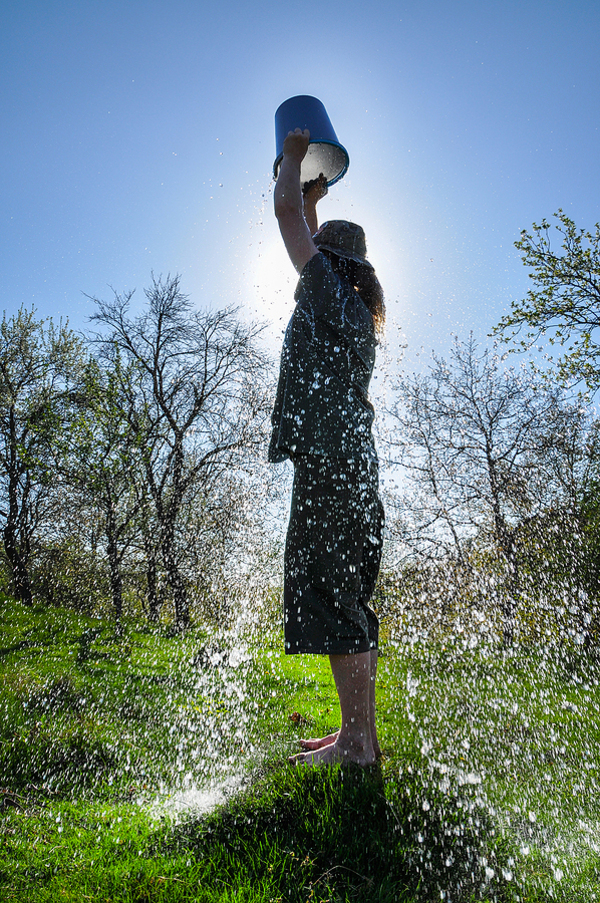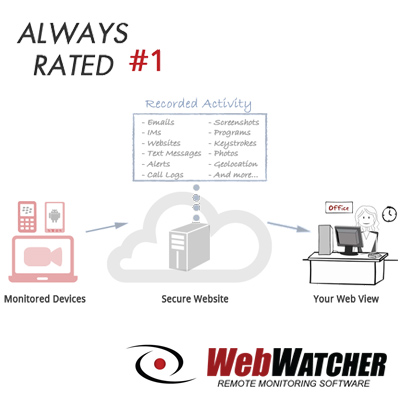Have you heard of the ice bucket challenge? How about the cinnamon challenge? Online challenges can have a wide reach and they seem primed to get teenagers involved. Teens tend toward impulsiveness and often crave attention, and online challenges appeal to both of those characteristics. Some online challenges are fairly harmless and may even support a good cause. Others, however, can be dangerous.
Take a look at what you need to know about the different types of online challenges.
For a Good Cause

If you have a project, charity, or ideal that you want to promote, online challenges can be a good way to engage people and get them talking about your goal.
The ice bucket challenge, for example, is a widely-known challenge of this type. The premise is simple: a person makes a video either of themselves dumping a bucket of ice water over their head or of somebody else dumping a bucket of ice water over their head, in order to raise awareness for ALS. Viewers are encouraged to learn more about ALS, to donate to research and treatment of ALS, and to perform their own challenges in order to convince more people to learn and donate as well.
Emptying a bucket of ice water over your head may be momentarily uncomfortable, but it’s not dangerous, and raising awareness and money to fight a serious disease is certainly a worthy cause. Similar challenges include Movember, which involves men growing mustaches in November to bring awareness and donations to prostate cancer research, and the No Makeup Selfie challenge, where women post pictures of their faces without makeup in support of cancer research. These types of challenges are harmless – posting no-makeup selfies may even be empowering – and are designed to let people participate in something fun while putting some good out into the world.
Harmless and Silly

Other challenges may not be as civic-minded, but can still be seen as nothing more than a way to have a good time doing something fun, if somewhat silly. Did you ever play “the floor is lava” as a child? You might remember stressing your parents out by jumping on the bed, the chairs, or even the coffee table to avoid the “lava” floor. The floor is lava challenge is the same concept, except the “lava” could be anywhere – the sidewalk, the mall, your local park – and you have to post a video of yourself avoiding the lava.
There’s no greater purpose to this challenge other than posting a video that will probably look pretty funny to your friends online, but it’s not especially dangerous as long as you’re not doing anything risky to avoid the “lava” like climbing a set of shelves that can’t hold your weight. A similarly silly but harmless challenge is the mannequin challenge, which involves freezing in place – like a mannequin – while somebody takes a video. Teens should be able to enjoy being silly now and then, and challenges like these that don’t pose harm to themselves or anyone else make a good outlet for that silly energy.
Fun, but Questionable
Sometimes, a challenge that seems harmless on its face turns out to have unintended negative consequences, either because it was more dangerous than it seemed under some circumstances, or because it became too popular and was taken too far.
The planking challenge is a good example of this. The idea is to assume the plank position (lying face down) on an unusual surface (like a field, or a bus stop bench)) while someone takes a picture. Lying face down doesn’t sound dangerous, as long as you’re not doing it on a railroad track or in the middle of the road. But as the popularity of the game took off, people did end up planking in some undoubtedly dangerous places – on a high balcony, for example, and in one photo, on top of a caged tiger. As sometimes happens, photos that were shared with dangerous planking activities inspired others to do the same – people began to try to one-up each other.
In some areas, anti-planking laws had to be passed to prevent would-be internet stars from attempting dangerous planking stunts. Teens should be wary of taking an online challenge too far and think through the possible consequences of their challenge. Is a funny photo worth the risk of falling from a high balcony? Is the stunt they’re considering actually legal? Silly challenges are all well and good, but parents and teens need to guard against the temptation to take things to extremes.
Definitely Dangerous
Of course, that leaves the challenges that teens should definitely avoid – the ones that are inherently dangerous and definitely shouldn’t be attempted just for the sake of a funny video or picture. There have been numerous examples of these over the years. The cinnamon challenge is a good example. The challenge is to swallow a teaspoon of cinnamon in 60 seconds or less. You might be able to see why teens would try this. Sure, you would expect that trying to swallow dry cinnamon would make you cough, but it’s a common household spice and not something that would normally be dangerous to a teenager.
However, the reaction to the cinnamon challenge – coughing and sneezing while you’re trying to swallow – can actually be dangerous. It’s possible to choke on the cinnamon or aspirate it into your lungs, which can be dangerous or even deadly. Other potentially dangerous challenges that teens should never attempt include the condom challenge – which involves snorting a condom into your nose and pulling it out through your mouth – and the bird box challenge, which arose from the Netflix original Bird Box and involves driving while blindfolded.
Teens are not always great at discerning between challenges that are OK to try and challenges that they ought to stay away from. Parents need to be informed about the internet challenges that are going around so that they can talk to their teens about them. Parental monitoring software can help parents keep an eye on the trends and fads that their teens are interested in so they can talk to them about their own participation in online challenges. Get our free trial!





